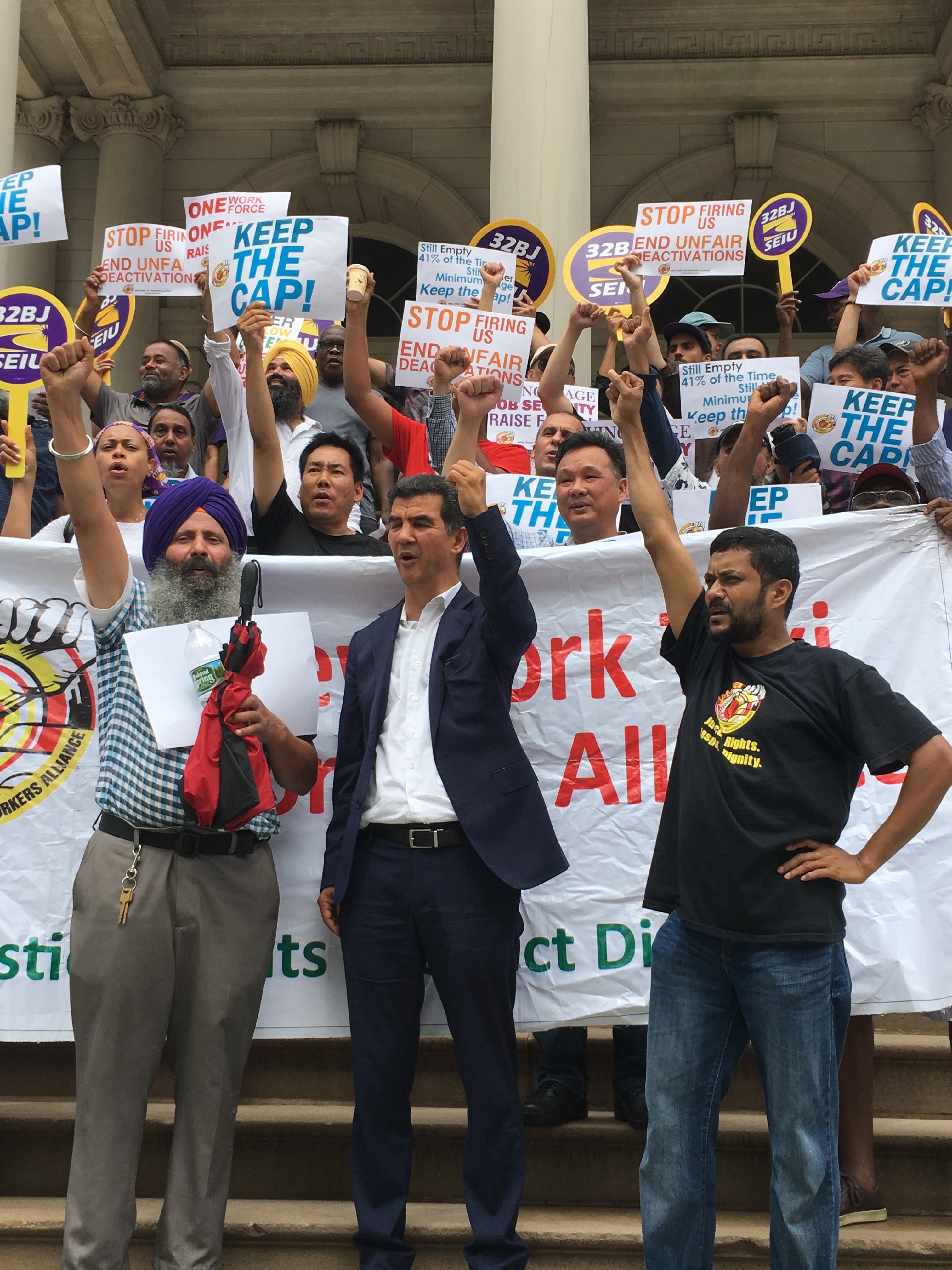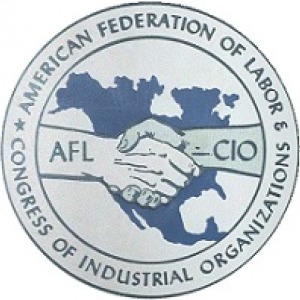
New York, NY – Lal Singh, a 63-year-old diabetic cab driver from Hicksville, Long Island recently returned to work after spending two weeks recuperating from a serious foot infection. Both Singh’s doctor and family thought he needed more rest and objected to his return. But as Singh told LaborPress last week, “I had to pay the bill.”
“The bill” responsible for cutting short the veteran NYC cabbie’s convalescence is the monthly payment on his yellow taxi medallion — the pricey license that Singh understood when he originally purchased one way back in the year 2000, was granting him, along with every other New York City yellow medallion owner, exclusive rights to pick up riders hailing cabs from the street
That, of course, was well before Uber, Lyft and the rest of the Wall Street-backed app-based outfits had succeeded in totally undermining the entire taxi medallion system — flooding New York City streets with “gig economy” drivers and completely eroding the value of all those yellow taxi medallions. To the point where guys like Singh suddenly found themselves driving underwater every time they climbed behind the wheel of their cabs.
Nearly 10 New York City workers who drive for a living have committed suicide over the last year. About 1,000 medallion owners have gone bankrupt since the crisis began.
The City of New York, meanwhile, continued to collect all the fees and charges associated with the taxi medallions— to the unholy tune of some $850 million under the Bloomberg and de Blasio administrations.
The situation has led to calls for the city to help bail out underwater drivers with refinancing.
Singh is part of the New York Taxi Workers Alliance — the advocacy group of professional drivers founded in 1998 that’s presently calling on the city to also “Keep the Cap” on app-based vehicles saturating the streets. The city council finally voted to temporarily cap the number of app-based vehicles on the streets last August.
That cap is now set to go away. On Tuesday, July 23, the Taxi & Limousine Commission [TLC] will hold hearings on whether or not to extend the app cap.
“If they do this, it will help,” Singh continued. “The City’s been making the money; I know someone who bought the medallion for $975,000 the night before Uber came in. He paid a $250,000 downpayment — but the medallion is not worth that much. He’s got a $700,000 loan on his head and who receives the money? The City!”
The existing cap has its critics, however. According to the Independent Drivers Guild [IDG] — an affiliate of the Machinists Union also representing for-hire-drivers — argues that drivers who were unable to license their own vehicles before last August’s cap went into effect are now “stuck renting or leasing.”
“Stopping apps from flooding the streets with excess drivers is a good thing, but any future cap policy must give existing for-hire-drivers the ability to drive vehicles they own rather than lease at the hands of predatory leasing companies,” IDG spokesperson Moira Muntz said in a statement ahead of Tuesday’s TLC hearings. “Leasing vehicles costs the typical low-income driver an addition $10,00 per year over owning their own vehicle. New York City must not make low-income drives indentured servants to the predatory leasing companies.”
The IDC wants limits on TLC universal drivers licenses rather than TLC vehicle licenses, saying that a “data-based approach limiting TLC universal drivers licenses” will “prevent creating another medallion-like system of leasers where the capital is held by millionaires.”
The NYTWA says the cap and utilization rules to stop the oversaturation of vehicles are just the start — “and a no brainier.”
The group maintains that a permanent cap is needed in order to pursue other goals. They include, setting one minimum passenger rate of fares across the industry so no company can cut rates; requiring companies to pay app drivers 85% of passenger fares or the total TLC driver payment rates, whichever is higher; stopping unfair deactivations; capping for-hire-vehicle financing and leasing rates; and prohibiting upfront pricing by e-hail companies where passengers pay more but the company pays driver less.
Recalling his friend with the $700 medallion loan Singh said, “The guy — what options does he have? He can do the suicide or do the bankruptcy — or he can get the sick blood pressure, go to the hospital and have a miserable life.”



